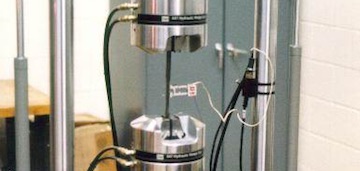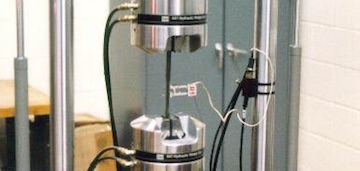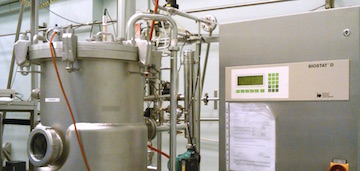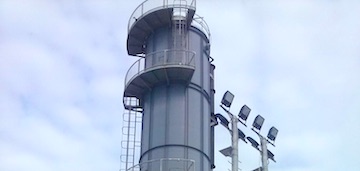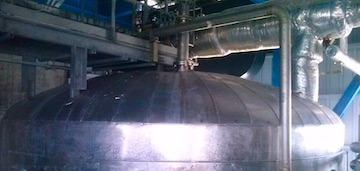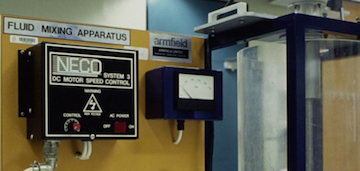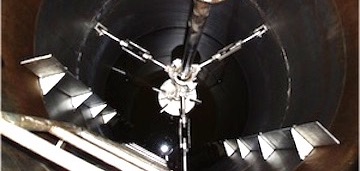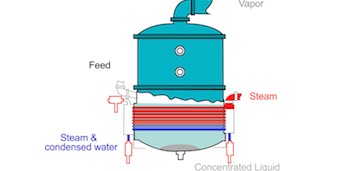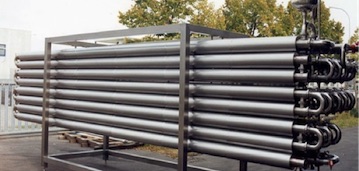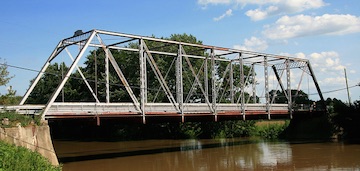Welcome Message
Practical labs and experiments cab boost student interest in engineering and promote deeper learning by building up their physical sense. However, great challenges are imposed by the limitation of teaching staff, lab resources and class hours. Virtual labs provide a convenient, powerful and effective solution to these problems, and can ultimately motivate student-centred learning as well. They provide a flexible and user-friendly method for teachers to define and students to perform experiments via rigorous mathematical models and computer simulation. As a result, complicated physical models can be easily visualized and “played with” by students.
Introduction
Two virtual lab systems are developed here, simulating force-elongation behavior for (i) biological materials and (ii) engineering materials when loaded in a tensile testing machine. In both cases, the structure’s behavior will be simulated by computer graphics, while simulated test data are also generated for further analysis after the virtual experiment. Students can therefore not only observe, but also control various parameters of the experiments, and use the virtual-experimental results to verify relevant theories learned as well as their intuition.
Introduction
A virtual lab system developed here encompasses several unit operations in Chemical engineering and bioprocessing, such as fluid flow, heat exchanger, fermentation, drying, membrane separation, distillation, adsorption etc. With the aid of computer software and multimedia technology, the virtual labs will visualize the core processes and major equations, and mimic their real counterparts as closely as possible with an easy-to-use user interface. It will provide students with a valuable and pleasant learning experience, allowing them to not only observe, but also actively participate and verify the theories learned by changing key parameters.
Introduction
Two virtual lab systems are developed here, simulating (i) force-elongation behavior for different materials when loaded in a tensile testing machine, and (ii) behavior of truss members when loaded by different forces. In both cases, the structure’s behavior will be simulated by computer graphics, while simulated test data are also generated for further analysis after the virtual experiment. Students can therefore not only observe, but also control various parameters of the experiments, and use the virtual-experimental results to verify relevant theories learned as well as their intuition.
